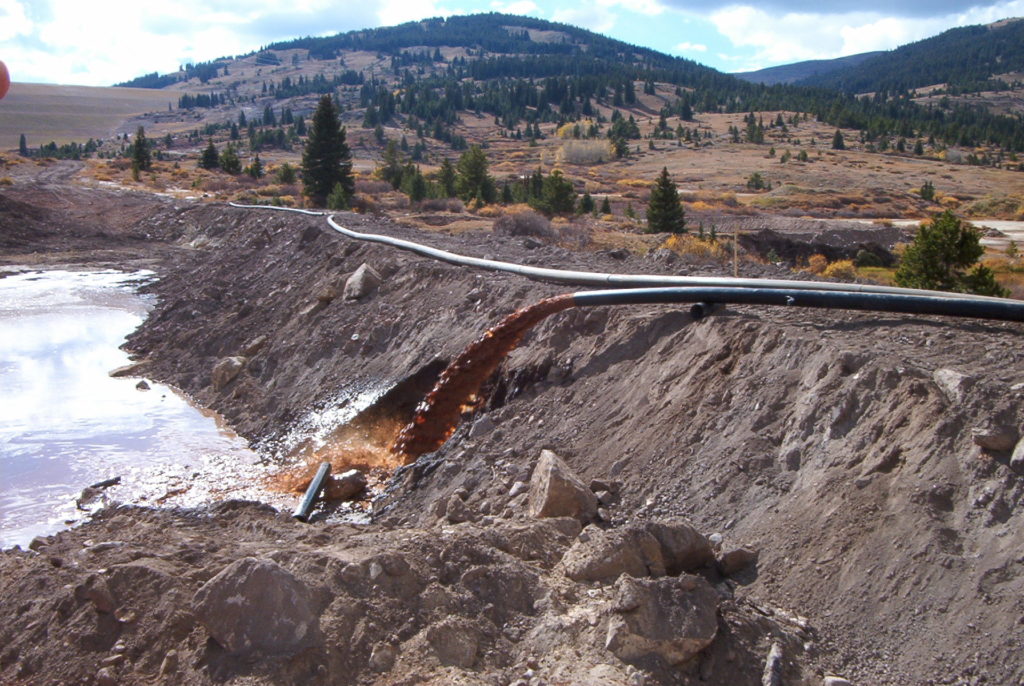


The gold dredges are among the growing number of ships sailing the Bering Strait region as sea ice recedes. In reality, it is part of a broader high-stakes trend: the expanding industrialization of the warming and thawing Northern Bering Sea.

Offshore gold mining in Nome might seem like a quirky adventure, as portrayed on television. 15, his boat capsized in stormy weather and he was lost at sea. Miner Alexei Klutchnikov, standing on the boat he converted from a fishing vessel to a dredge vessel, shows some of the gold he has recovered. One of his mining partners was found dead the other, the sole survivor, made it to shore in a life raft and told rescuers about the choppy seas that capsized their boat and separated the three miners. Just two weeks later, Klutchnikov was lost at sea, swept away in a storm. The grueling task of extractive valuables from the Bering Sea did not faze him or his mining partners, he said: “We’re not afraid to work.” “In mining, you have to work hard all season, for five or six months,” he said. Fishermen might have to rush to get their catch in just a few days, depending on harvest openers, he said. Last fall, while standing on the deck of his converted fishing boat - part of an armada of vessels retrofitted with equipment to dredge the floor of the Bering Sea and examining some of the gold dust he pulled out of Bering Sea sediments - Klutchnikov contemplated the advantages of gold mining as a livelihood.īoth commercial fishing and mining are hard, but mining provides the flexibility of a longer schedule, he said. The lure of gold that brought thousands of fortune hunters to the northwest edge of the continent a century ago remains powerful in Nome, the hub town for Alaska’s Bering Strait region.Īmong those who felt the pull was Alexei Klutchnikov. This story is part of an ArcticToday series on the changing Bering Sea - and what those transformations mean for fish, wildlife and people. It’s also changing very quickly - and those changes offer a preview of the changes in store for other parts of the Arctic. The Bering Sea region, the Pacific gateway to the Arctic Ocean, is home to ecosystems on land and in the ocean that are both abundant and fragile.


 0 kommentar(er)
0 kommentar(er)
